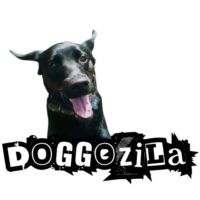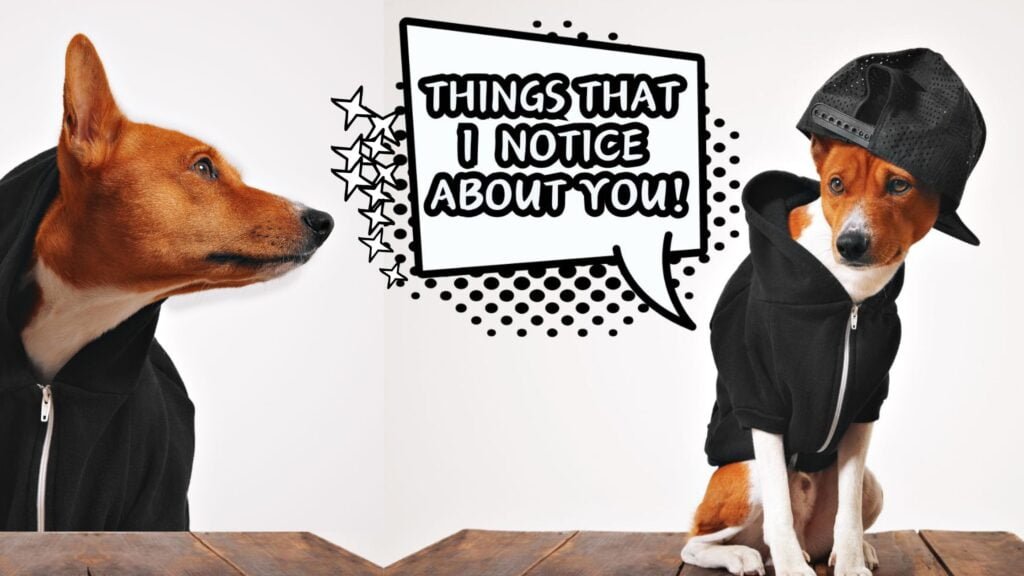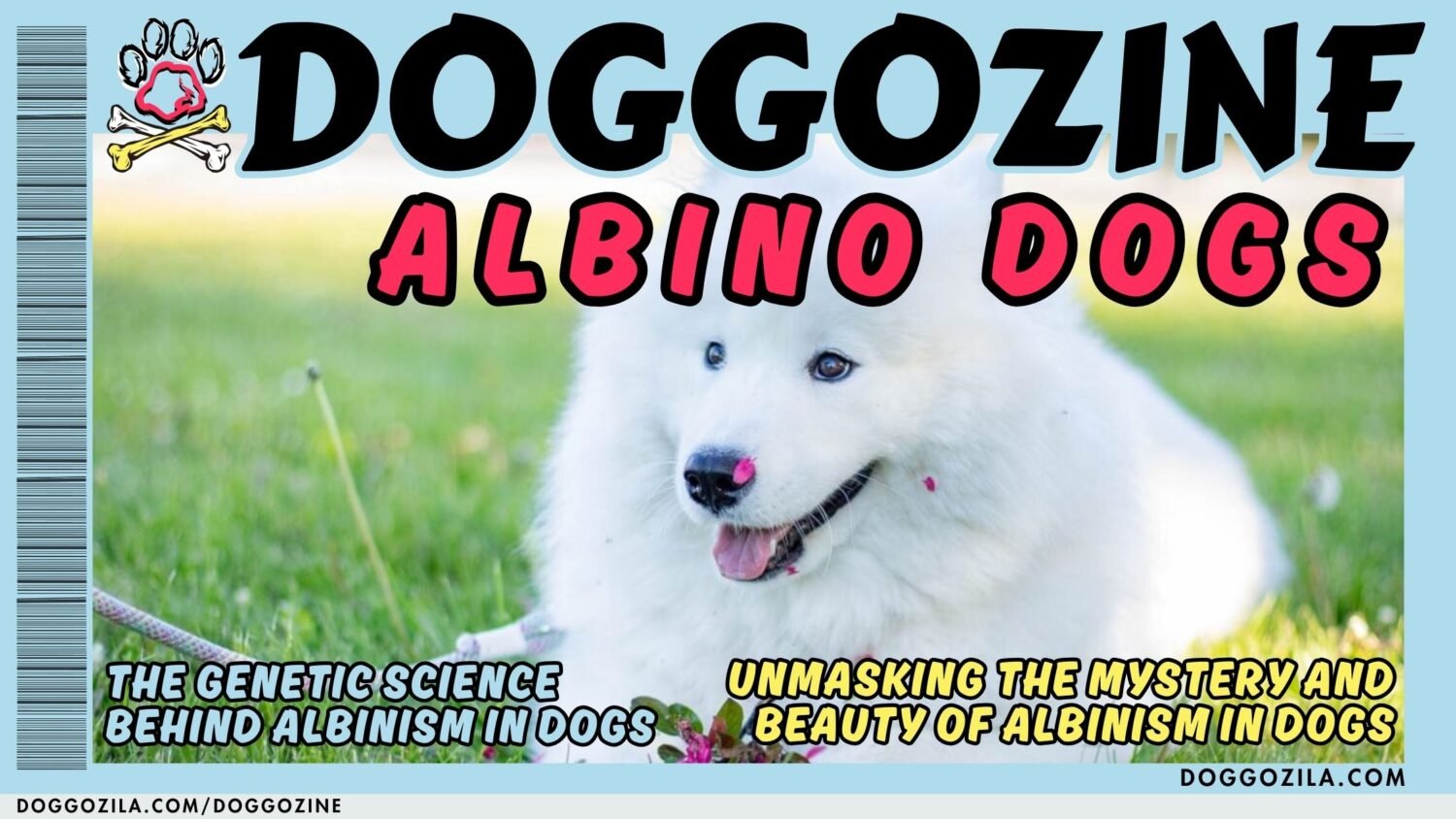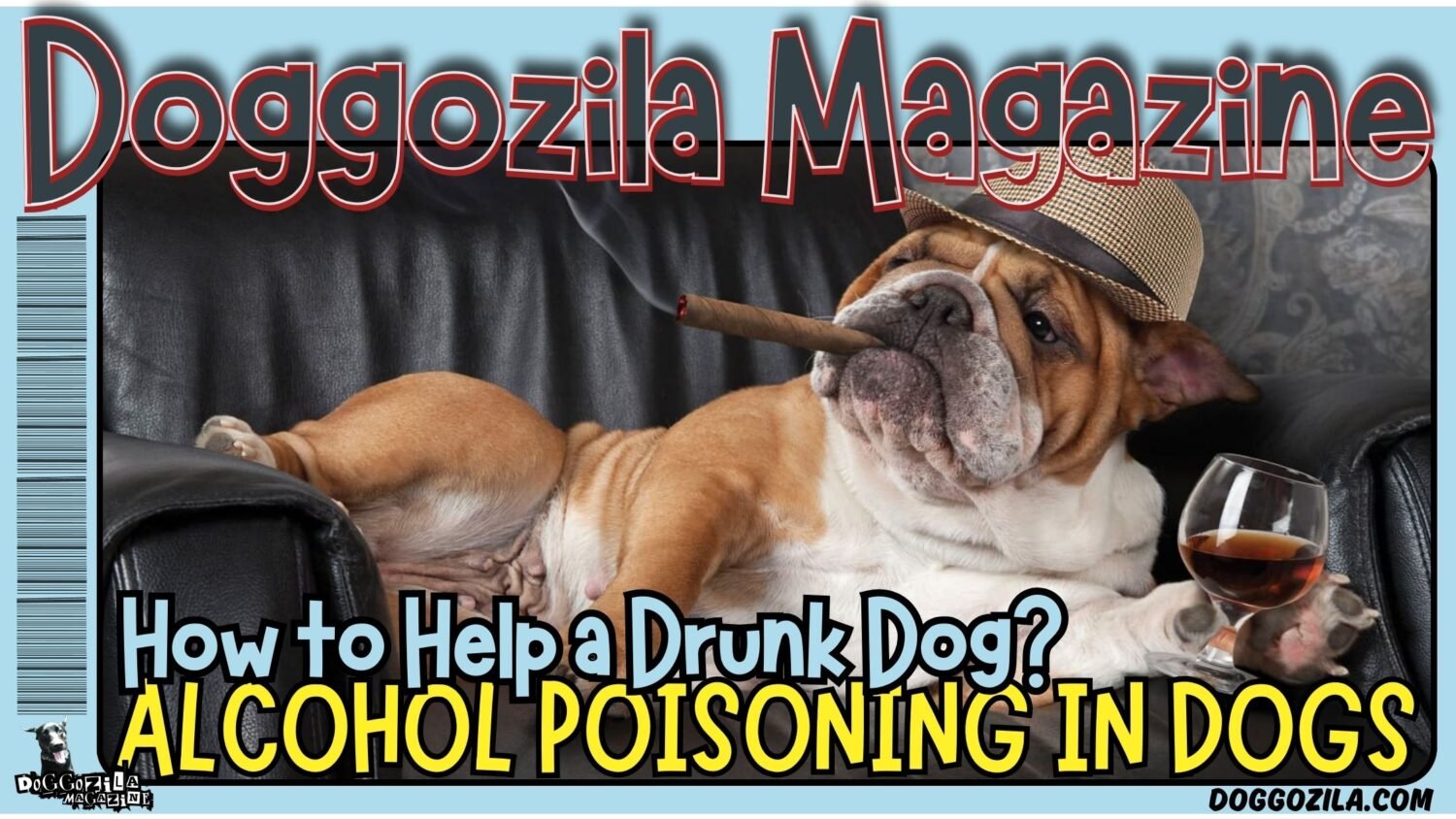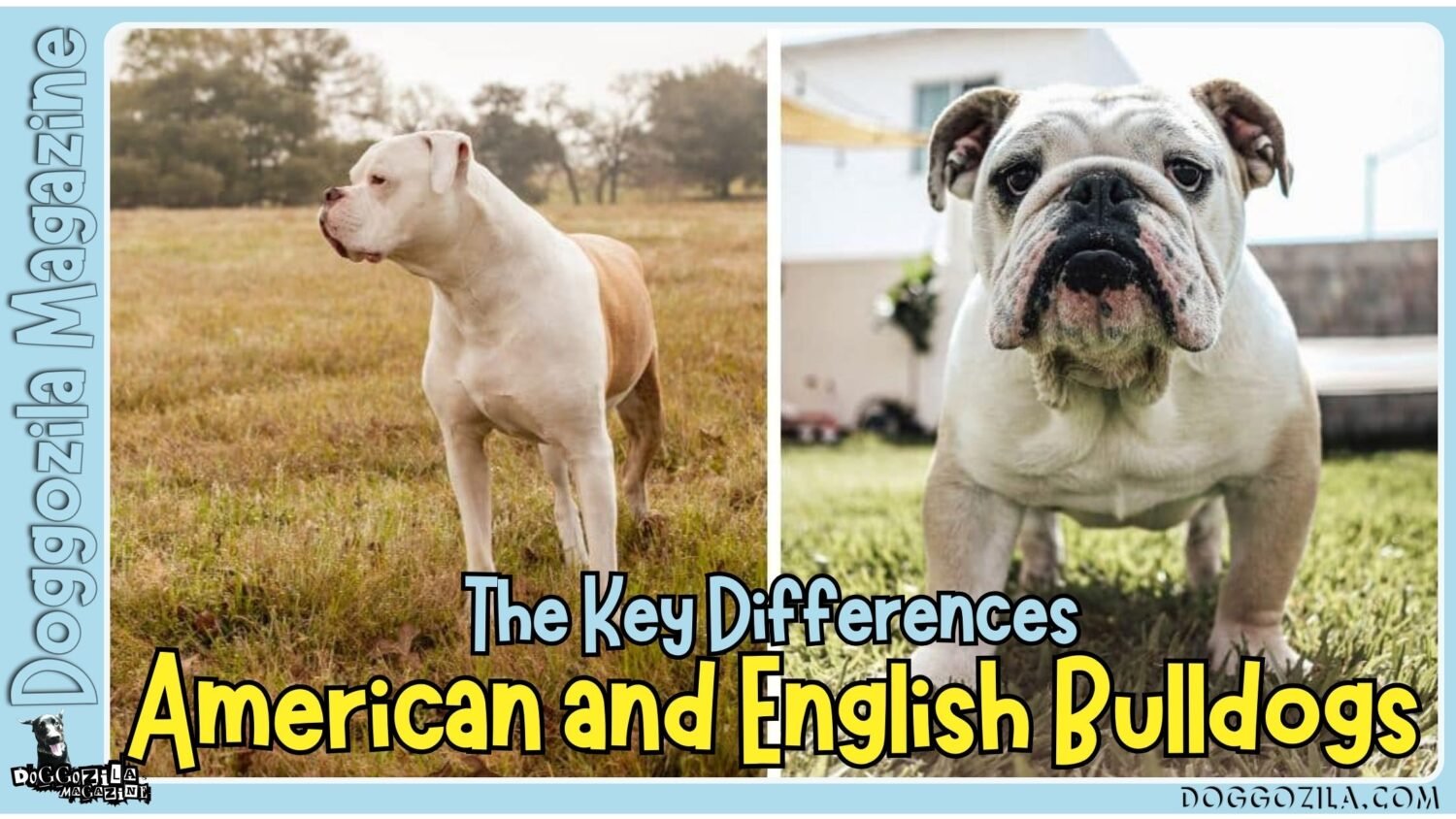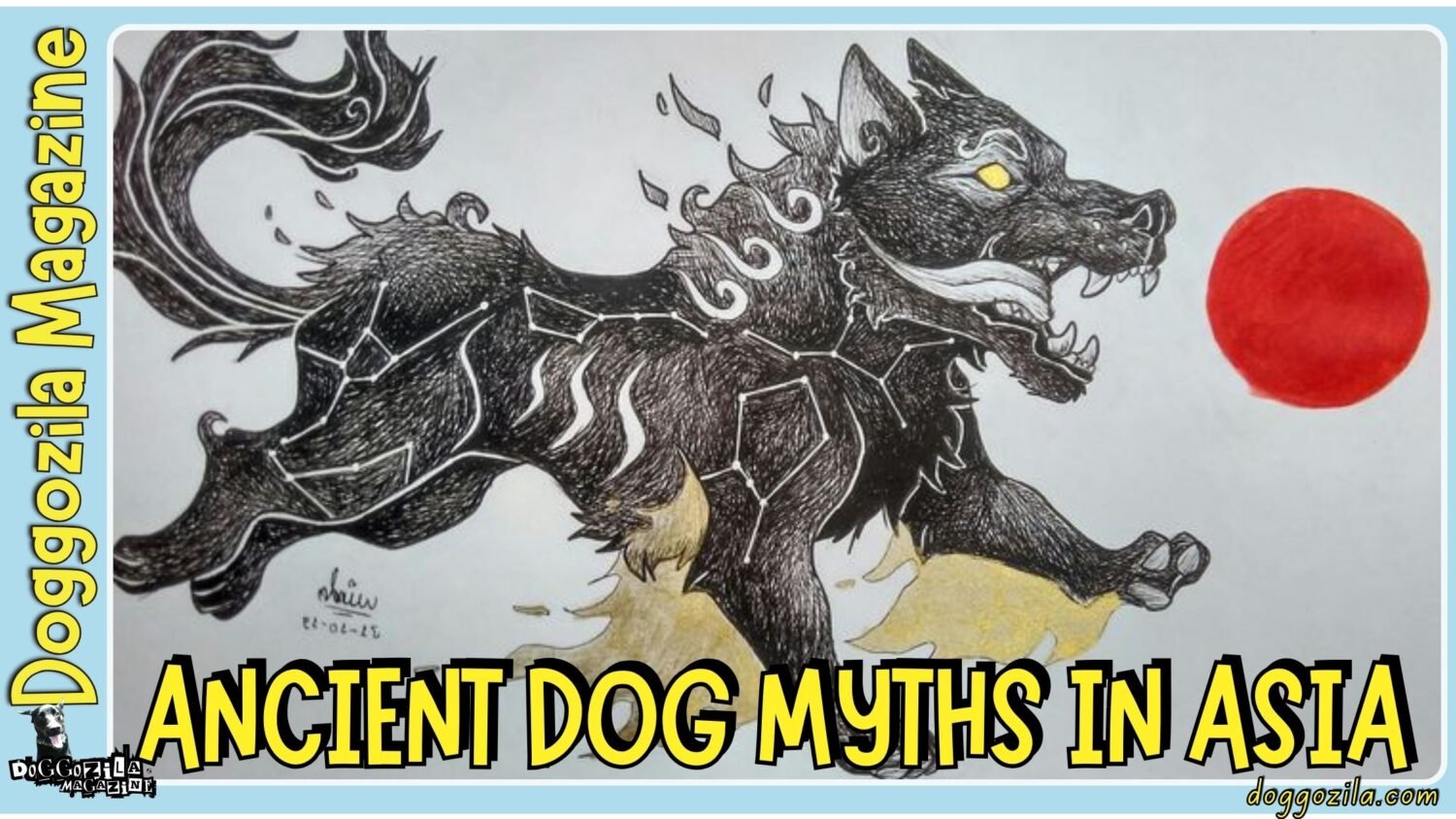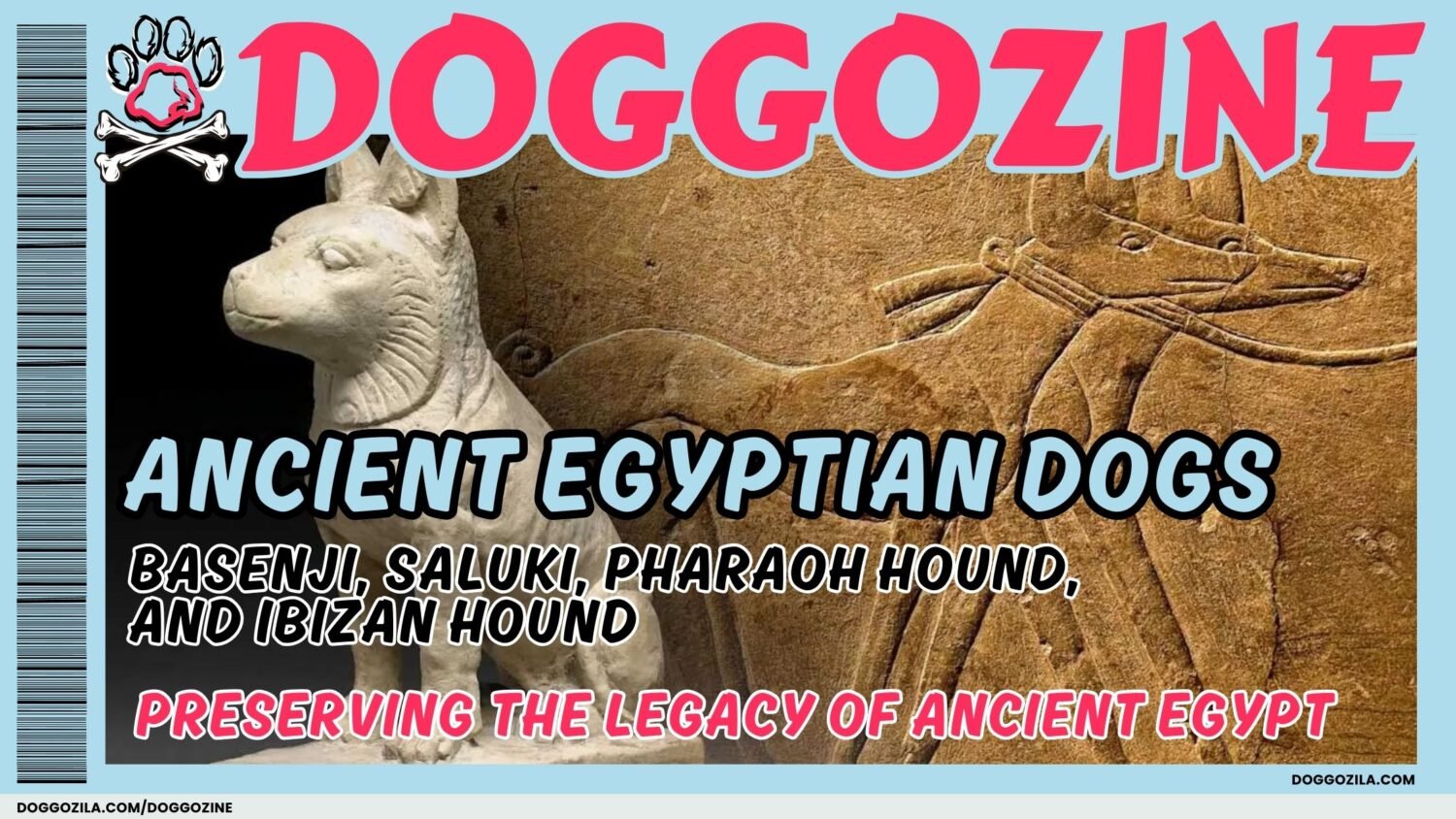The fur of dogs can not only keep them warm but it also protects them from weather conditions, helps in keeping their body temperature in balance, and precludes or reduces parasites growth. What sets your dog apart from the crowd is his shiny, healthy coat as well as dog’s look and the way it feels to itself. Discover in this article how to maintain your dog’s fur for all seasons throughout the whole year!

HOW TO BRUSH AND MAINTAIN YOUR DOG’S FUR?
This is a major reason why to maintain your dog’s fur is so significant. This involves brushing, bathing, hair cutting, and not letting their hair get damaged from the weather. It’s the most effective way to keep your dog’s fur healthy by brushing their fur regularly. The procedure of brushing includes taking dead hair away from the skin surface, oily hair distribution throughout the coat, and mat formation elimination.
Brushing different types dog’s fur
It is necessary to learn from experience but which approach to cut bristles, on the other hand, the time spent depends on the breed of dog and the type of fur. Dogs with short, smooth coats may only need to be brushed once a week, while dogs with long, thick coats may need to be brushed daily. When you brush to maintain your dog’s fur, a brush that suits the coat style is always the best option.
This means, for instance, that a slicker brush is ideal for long-haired dogs while a pin brush is more for dogs with short, smooth coats. Begin by brushing your dog’s fur in the direction of hair growth. For sure, it is necessary to brush your dog’s fur in the opposite direction to smoothen any mats. Be cautious to not damage your dog’s skin when grooming. Be gentle!
How to Bathe Your Dog?
Bathing your dog is another important thing to do in the case of fur maintenance. Bathing washes off dirt, insects, bacteria and algae from the skin and also helps it to be kept clean. The time between the baths depends on the breed and the type of activity for dogs.
Dogs who live indoors and don’t do much outside can get away with a bath no more than once a month. Conversely, dogs that live outdoors or who get soiled often may need to be bathed more frequently. To bathe your dog, first find a mild shampoo formulated for canines. Your best bet is to stay away from human shampoo which might turn out to be too harsh for dogs.
- First thing you should do is wet your dog’s fur with warm water.
- Now, squeeze some shampoo in an amount so small that it fits into one palm, and after that, rub your hands until they are covered in foam.
- When you are adding shampoo, use your fingers to gently rub it into your dog’s fur, being sure to go all the way to the skin.
- Use warm water to thoroughly rinse out the shampoo off of your dog.
- The next step is to put on a conditioner on your dog’s fur.
- Let the conditioner sit for a while before you rinse it out.
- Using a towel, first, dry your dog’s fur, then once there’s no moisture let it fully air-dry.
How to Trim and Maintain Your Dog’s Fur?
Shaving down your dog’s hair is something that is not needed in all the cases either. Nevertheless, having this procedure done is favorable for the breeds with the long and thick coat. This is because cutting hair not only untangles it, but also keeps your coat easier to manage.
In the eventuality that you opt to shear your dog, the first indispensable piece of equipment would be a pair of sharp, pointed-tip scissors. You start your trim by firstly cutting the fur near your dog’s eyes, ears, and feet. After that, you are allowed to cut their body. Do not go too short with the hairstyle, as it would irritate your dog’s skin.
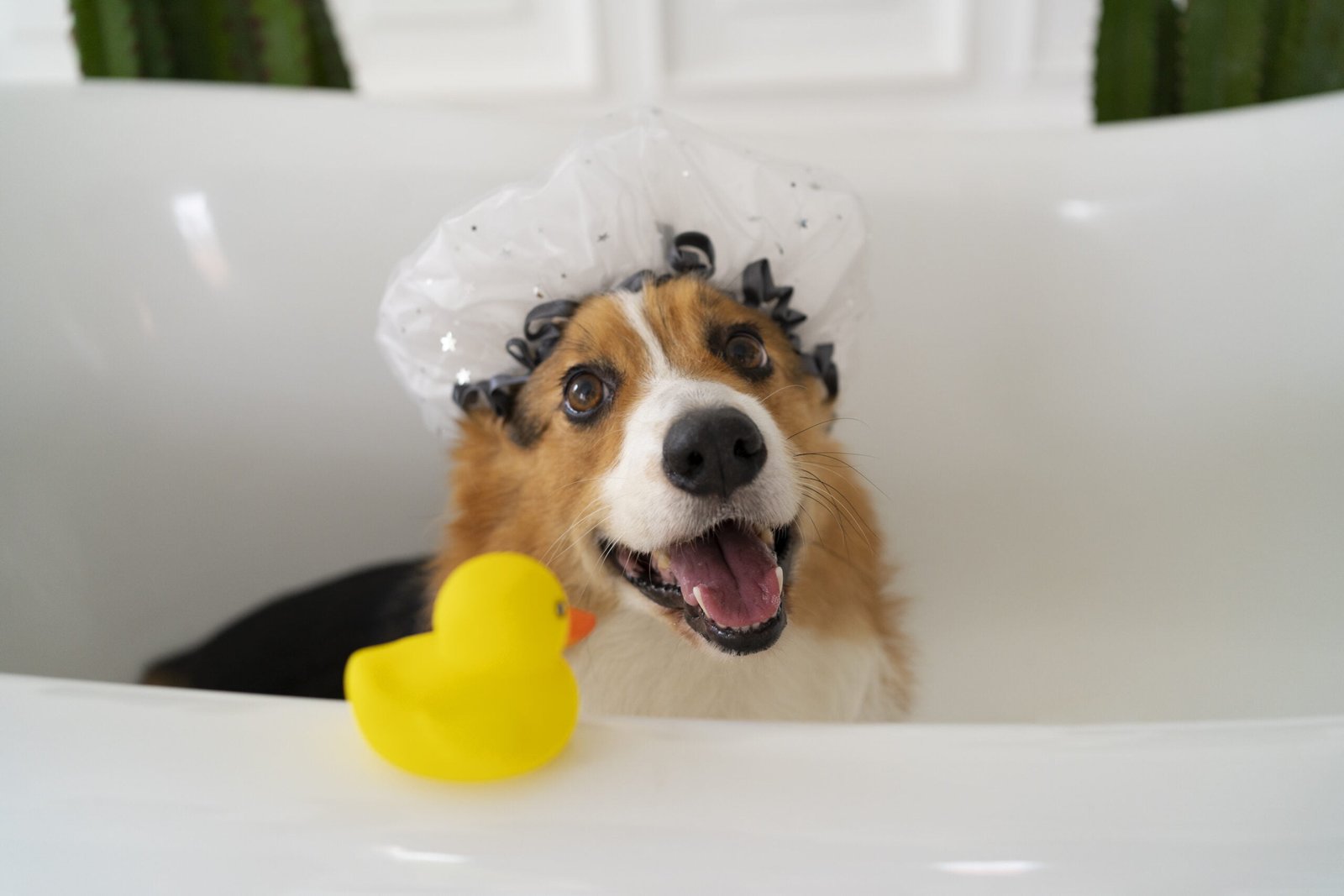
HOW TO PROTECT YOUR DOG’S FUR FROM THE ELEMENTS?
What is essential during the winter is that you take measures to maintain and protect your dog’s fur from the cold. It becomes necessary in the winter that you always clothe them in a dog coat or any other warm attire. Furthermore, it is recommended to apply a thin layer of pet-friendly oil to a pet’s fur.
During the summer months, it is crucial to shield your dog’s fur from the sun. For proper maintain you do this by using a pet-formulated sunscreen on your dog’s fur. Furthermore, keep the dog away from long walks during the hottest hours.
How to Feed Your Dog for Healthy Fur?
A balanced diet is necessary for your dog to have good fur. And you should make sure that your dog’s food is rich in proteins and omega-3 fatty acids. Make sure to give special treatment to the skin and coat by providing these nutrients.
Another way to encourage your dog’s healthy skin and coat is by adding certain supplements in your dog’s meal. You can include fish oil, coconut oil, and biotin in the reaction to a good diet for healthy fur. Regular grooming is always recommended for healthy fur.
Following the advice from this article you can get your dog’s fur to look and feel its best. Have the vet come to have a look at your dog’s fur if you aren’t confident in your grooming skills. They could help you get the right grooming routine for your dog.

ESSENTIAL INSIGHTS FOR DIFFERENT TYPES OF DOG FUR
Dogs come in various breed sizes that are both fascinating and interesting with unique physical traits. Their coats are one of the characteristics that set them apart. Embracing the incredible diversity the dog fur comes with is a paramount move in the grooming and care of our favorite pets.
This article is designed to provide an in-depth analysis of dog fur by introducing characteristics specific to each type, as well as care and maintenance requirements for each.
Different types of dog fur
- Short-Haired Coats (Smooth Coats): For Example, short-haired dogs have fur that is close to the skin and is also less bristly and uncomplicated that needs minimum grooming. Dalmatians, Beagles, and Boxers are types of dog breeds having sleek coats that shed almost in the same measure all through the year.
- Long-Haired Coats: Longhairs, for their part, are cottony, with a long and lush coat that is prone to matting without regular grooming. Some breeds like the Afghan Hound, Maltese, and Shih Tzu breeds are said to have such luxurious long hair. However, the latter is another representation of dog fur under specific conditions and thus needs regular caring.
- Double Coats: Certain breeds, like the Siberian Husky, German Shepherd, and Golden Retriever, have a double coat. These dogs necessitate a dense, warm undercoat that is usually shorter than the protective outer-coat. Double-coated breeds often lose excessive hair during the change of the seasons.
- Wire-Haired Coats: Wire-haired breeds, such as the Wire Fox Terrier and the Brussels Griffon, have a wirehaired topcoat with a soft undercoat. Their ficelle of fur calls for specific grooming manners to keep it smooth to the touch.
- Curly or Wavy Coats: Breeds like the Poodle, Bichon Frise, and Portuguese Water Dog have curly or wavy coats that are low-shedding and hypoallergenic. These dogs’ hair should be groomed more often to alleviate undercoat matting.
- Hairless or Smooth-Coated Breeds: These dogs consist of minimal hair to no hair. Though all breeds of this kind might require less grooming. They are very likely to require some skin care due to the absence of coat.
Caring for Different Dog Coats
Each type of dog fur requires specific grooming and care tailored to its characteristics:
- Short-Haired Coats: Regular brushing helps minimize shedding and maintains a healthy coat. Since they are low-maintenance dogs’ bathing is less frequent.
- Long-Haired Coats: The key to getting mats and knots prevented activity here is regular brushing. For some breeds with long hair, professional grooming is also a necessity.
- Double Coats: These breeds profusely shed their fur, especially when seasons change. It is necessary to brush them quite often to control the problem and prevent the formation of mats.
- Wire-Haired Coats: Practicing regular hand-stripping, or trimming is often necessary to maintain the curative wire-like texture. It also makes sure that the coat lives up to the standard for a breed.
- Curly or Wavy Coats: Regular brushing and professional styling of the animal with curly or wavy coats can aid to avoid the matting hair. Grooming and cropping is always needed.
- Hairless or Smooth-Coated Breeds: These breeds are quite sensitive to the sun rays and skin irritation, so skin care is a must. Regular moisturizing and protection from harsh weather are mandatory.
Building Your Grooming Toolkit for Different Types of Fur
A successful grooming routine starts with the right tools. Using the correct brush for your dog’s coat type is not just about removing loose fur, it’s a massage that stimulates blood flow and distributes natural oils for a healthier shine. Think of your toolkit as your first line of defense against mats, tangles, and skin problems.
Having a well-stocked kit turns a chore into a bonding activity. The right tool makes the job faster, easier, and more comfortable for your dog. Let’s break down the essential equipment every dog owner should have on hand.
The Brush Brigade: Matching Tools to Coat Types
Using the wrong brush is like trying to comb spaghetti with a rake, it just doesn’t work. Matching the tool to your dog’s coat is the secret to effective grooming.
- For Long-Haired Breeds (e.g., Collies, Maltese): A slicker brush is your best friend. Its fine, short wires close together are perfect for detangling and removing mats from silky coats. Follow up with a wide-toothed comb to ensure you’ve reached the undercoat and smoothed everything out.
- For Double-Coated Breeds (e.g., Huskies, Golden Retrievers): A de-shedding tool and an undercoat rake are non-negotiable. These tools are designed to reach through the topcoat and gently pull out the loose, fluffy undercoat, drastically reducing the amount of fur you find on your furniture.
- For Short-Haired Breeds (e.g., Labradors, Beagles): A rubber grooming glove or a soft-bristled brush works wonders. These tools excel at grabbing loose hairs and giving your dog a pleasant massage that enhances skin health.
- For Curly-Coated Breeds (e.g., Poodles, Bichons): A slicker brush and a steel comb are the dynamic duo. The slicker brush breaks up curls and loose hair, while the comb checks for any remaining small tangles close to the skin, which are common in this coat type.
Beyond the Brush: Must-Have Grooming Accessories
Brushes are vital, but a complete grooming session involves a few other key players. These items address everything from ear health to paw care, ensuring your dog is comfortable from nose to tail.
- Nail Clippers or a Grinder: Overgrown nails are more than an annoyance; they can cause pain and affect your dog’s posture. Choose guillotine-style clippers or scissor-style clippers based on what you find easier. A rotary grinder is a great alternative for dogs who are nervous about the “clip,” as it files the nail down smoothly.
- Dog-Specific Shampoo and Conditioner: As mentioned before, human shampoo is a no-go. Invest in a gentle, dog-specific shampoo. For dogs with dry skin, a conditioner can help replenish moisture and make their coat easier to brush.
- Ear Cleaning Solution and Cotton Balls: Regularly check and clean your dog’s ears with a vet-approved solution to prevent infections. Never use cotton swabs deep in the ear canal; simply wipe the outer area you can see.
- Toothbrush and Dog Toothpaste: Dental health is part of overall health! Brushing your dog’s teeth several times a week fights plaque, prevents bad breath, and avoids costly dental procedures down the road.
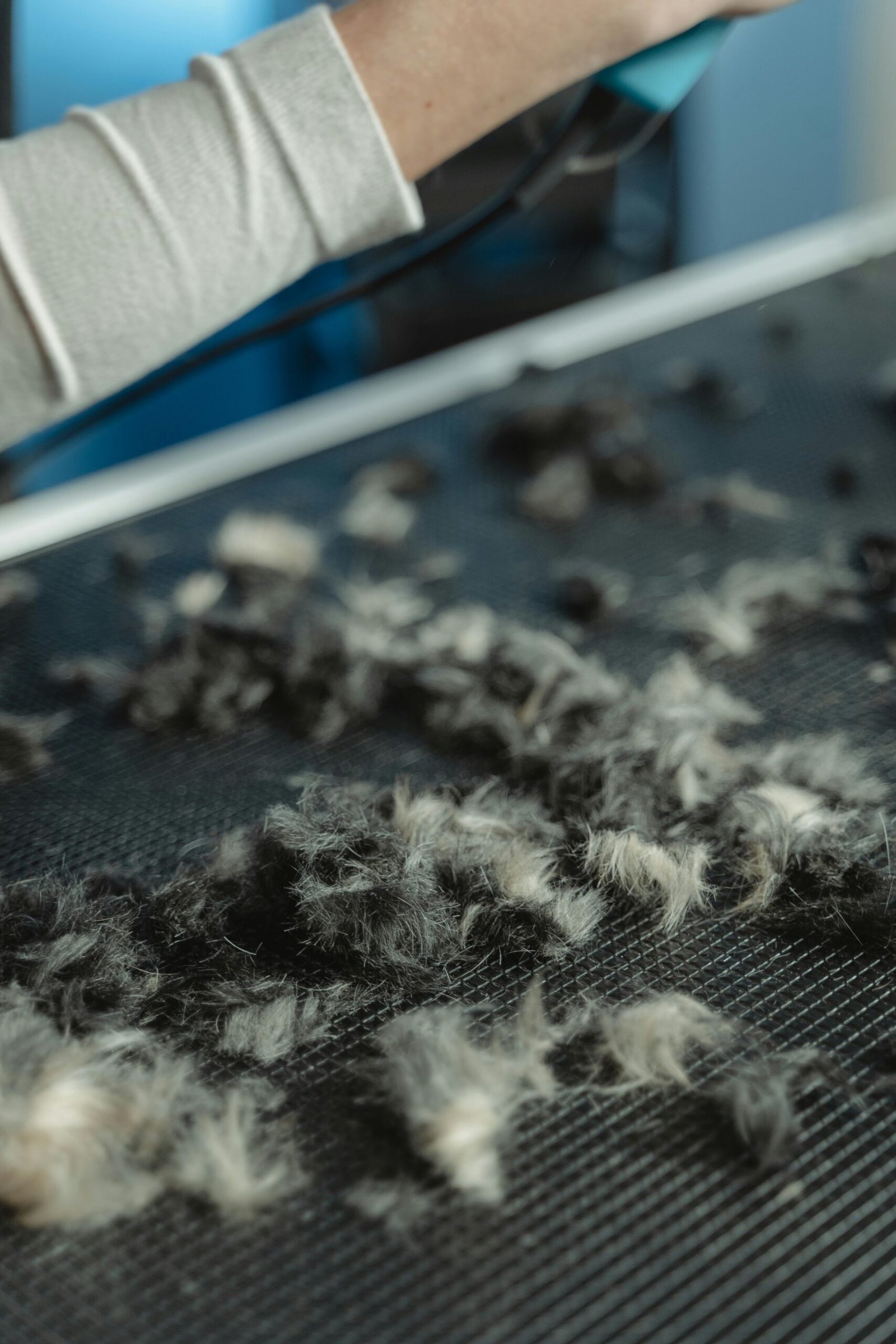
UNDERSTANDING SEASONAL SHEDDING
Your dog’s coat is dynamic, changing with the seasons to regulate body temperature. Understanding this cycle is the first step to managing the fur around your home effectively.
How To Maintain Your Dog’s Fur for all Seasons?
- Spring: As days get longer and warmer, your dog will shed its heavy winter undercoat. This is often the heaviest shedding period. Increased brushing is essential to remove the loose undercoat and prevent matting.
- Summer: Shedding typically lightens but remains steady. A healthy summer coat helps your dog stay cool, so proper hydration and skin care are key during hot days.
- Fall: Your dog will shed its lighter summer coat to make way for a denser winter coat. Regular brushing during this transition helps manage loose fur and ensures the new coat grows in smoothly.
- Winter: Shedding slows down as your dog retains its full coat for warmth. However, indoor heating can dry out skin, so some flaking or light shedding may still occur.
Reading the Coat: A Health Monitoring Guide
A dog’s coat is a window to their overall health. Beyond being shiny or dirty, its condition can provide early clues about potential health issues.
- Dull or Dry Coat: A coat that has lost its shine often points to nutritional deficiencies. It can signal a lack of high-quality protein or essential omega fatty acids in their diet. Sometimes, it can also result from using harsh human shampoos that strip natural oils.
- Excessive Shedding: While all dogs shed, a sudden increase in hair loss can be a red flag. Potential causes include stress, allergies, or underlying medical problems. If accompanied by intense scratching, it’s worth investigating further.
- Bald Spots or Open Sores: Patches of hair loss are not normal. They can be caused by allergic reactions to food or pollen, or by parasites like fleas or mites. Any open sores should be checked by a vet immediately, as they can indicate infection or other skin conditions.
- Lumps and Mats: Always investigate any new lumps on your dog’s skin. While many are harmless fatty tumors, it’s best to have a vet check them. Mats are more than just tangled fur! They can prevent oxygen from reaching the skin and become breeding grounds for parasites, causing discomfort.
Navigating Professional Grooming
Even with diligent home care, professional grooming plays a vital role in your dog’s well-being. It’s about more than just a haircut. It’s a key part of their health regimen.
- What to Expect: A basic professional grooming session typically includes brushing, a bath with dog-specific shampoo, a thorough blow-dry, and finishing touches like nail trimming, ear cleaning, and a haircut or trim based on your preference.
- How Often to Go: As a general rule, the average dog benefits from professional grooming every six to eight weeks. However, long-haired breeds or dogs that spend a lot of time outdoors may need more frequent appointments.
- The First Puppy Groom: It’s best to start young. Puppies should have their first grooming experience about two weeks after their final set of vaccinations. This early introduction helps them get comfortable with the process, setting them up for a lifetime of stress-free grooming.
- Preparing Your Dog: To make the experience positive, choose a groomer who uses positive reinforcement and has patience. For anxious dogs, discuss a gradual training plan with the groomer, which might involve shorter initial sessions. Feel free to bring a favorite toy or treat to help your pup feel more at ease.
How Can Nutrition and Health Help to Maintain Your Dog’s Fur?
A truly healthy coat starts from the inside out. The right nutrition and overall wellness practices are the foundation that your grooming routines build upon.
- A Balanced Diet: Feed your dog a high-quality diet rich in protein, which is the building block of hair. Look for foods that contain omega-3 and omega-6 fatty acids, as these nutrients are vital for maintaining shiny, healthy skin and a strong coat, and can significantly reduce excessive shedding.
- The Role of Hydration: Never underestimate the power of fresh water. Proper hydration is crucial for maintaining skin elasticity and a healthy coat texture. Dehydration can quickly lead to dry, flaky skin and increased shedding.
- Regular Health Checkups: Underlying health issues can manifest in your dog’s coat. Regular vet visits help catch problems like hormonal imbalances, allergies, or hidden illnesses early, allowing for treatment before they impact your dog’s skin and fur.
- Parasite Prevention: Fleas, ticks, and mites are common culprits behind skin irritation, hair loss, and excessive scratching. Sticking to a regular, vet-recommended parasite prevention schedule is non-negotiable for maintaining a healthy coat and a comfortable dog.
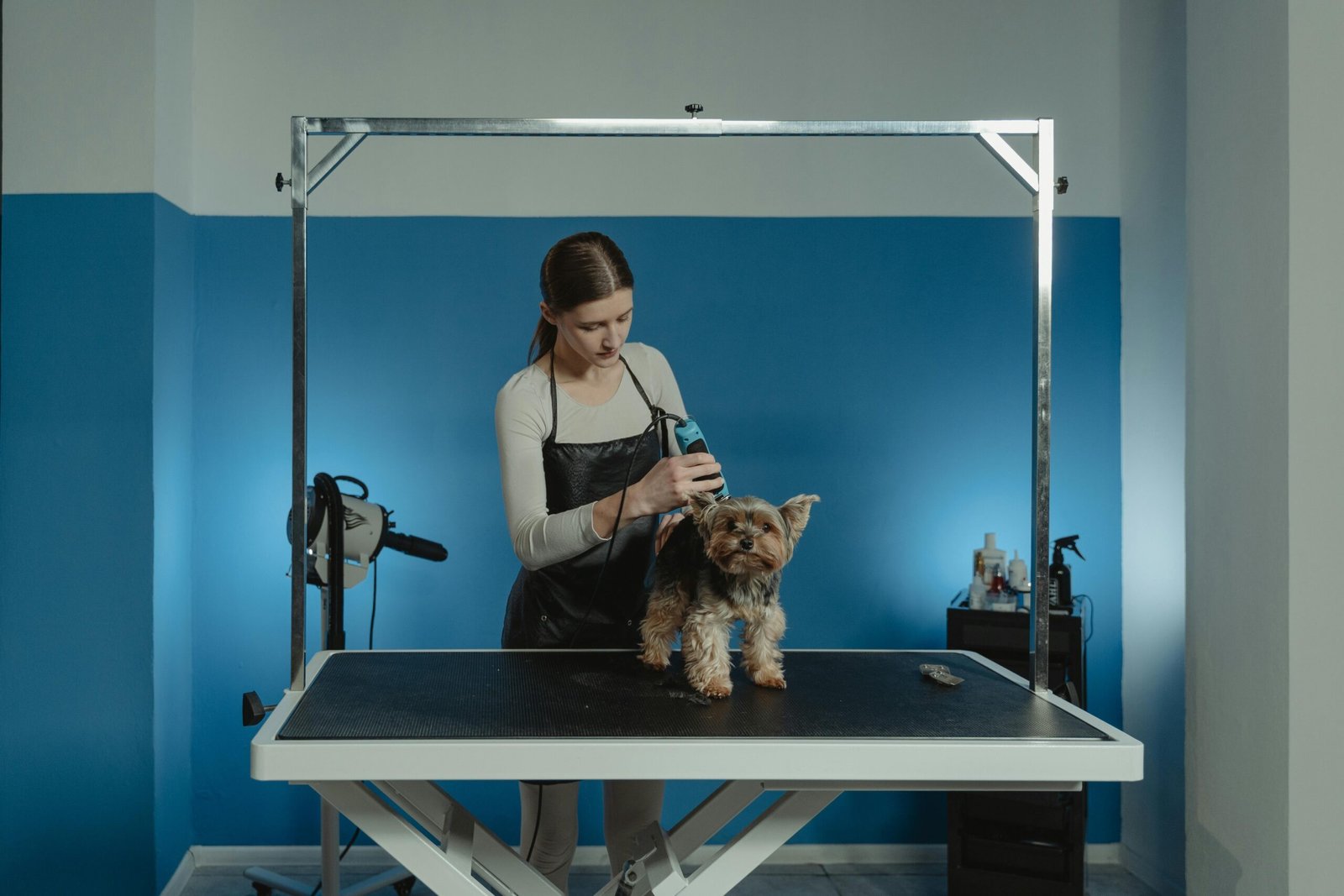
GROOMING TROUBLESHOOTING: SOLVING COMMON COAT PROBLEMS
Even with a perfect routine, you might encounter some hairy situations. Don’t panic! Many common issues have straightforward solutions you can handle at home. This troubleshooting guide will help you navigate problems like mats, “doggy odor,” and unexpected pests.
Knowing how to react quickly and calmly protects your dog’s comfort and health. From a surprise skunk encounter to a sudden rash, being prepared makes you a more confident and capable pet parent.
Emergency Detangling: How to Safely Handle Mats
Discovering a mat in your dog’s fur can be stressful, but never reach for the scissors! Cutting them out is extremely dangerous and can easily lead to a nasty cut. Instead, be patient and follow these steps.
- Assess the Situation: First, see how close the mat is to the skin. If it’s a large, tight mat directly against the skin, it’s best to seek professional help from a groomer to avoid causing pain or injury.
- Use Your Fingers and Detangling Spray: For smaller mats, start by using your fingers to gently try and pull the mat apart. Spray a dog-safe detangling spray or even a little conditioner mixed with water onto the area to help lubricate the hairs.
- Work from the Edges Inward: Take a slicker brush or a steel comb and start working at the very outer edges of the mat. Gently pick at it, working your way slowly inward until the entire mat is loosened and can be brushed through.
- Prevention is Key: The best cure for mats is prevention. Consistent, thorough brushing, especially in high-friction areas like behind the ears and under the legs, will stop mats from forming in the first place.
When to Call the Vet: Spotting Skin Issues
Grooming is a great time to play detective and spot potential health problems early. While some issues are minor, others warrant a professional veterinary opinion.
- Persistent Itching or Redness: If your dog is constantly scratching, licking, or biting at a specific area, or if you see red, inflamed skin, it could signal allergies, a fungal infection, or parasites.
- Lumps, Bumps, or Hot Spots: Any new, growing, or changing lump should be examined by a vet. “Hot spots” (acute moist dermatitis) are red, weeping, painful sores that can appear suddenly and often require medicated treatment.
- Hair Loss or Unusual Odor: Patchy hair loss isn’t normal and can indicate hormonal issues, mites, or other medical conditions. A persistent, foul odor from the skin, even after a bath, can also be a sign of a yeast or bacterial infection.
- Changes in the Skin or Coat: A sudden change in coat texture, such as becoming extremely dry and brittle, or the appearance of dandruff, can be linked to dietary deficiencies or underlying health problems that your vet can diagnose.
Final Thoughts on How to maintain your dog’s fur
One of the critical pieces of knowledge that every dog owner should acquire is the understanding of the various types of dog fur for the use of proper grooming and care of each breed’s unique coat. Some colts required low maintenance, while the colts demanded regular brushing, grooming, or essential fatty acids, etc.
The specific needs of your dog’s strain are known. Carefully executed grooming patterns enhance the dogs’ health and beauty that allow them to feel comfortable and happy showing off lavishly long hair or coats. This article is sure to help you out with what to do to ensure that your dog feels fabulous.
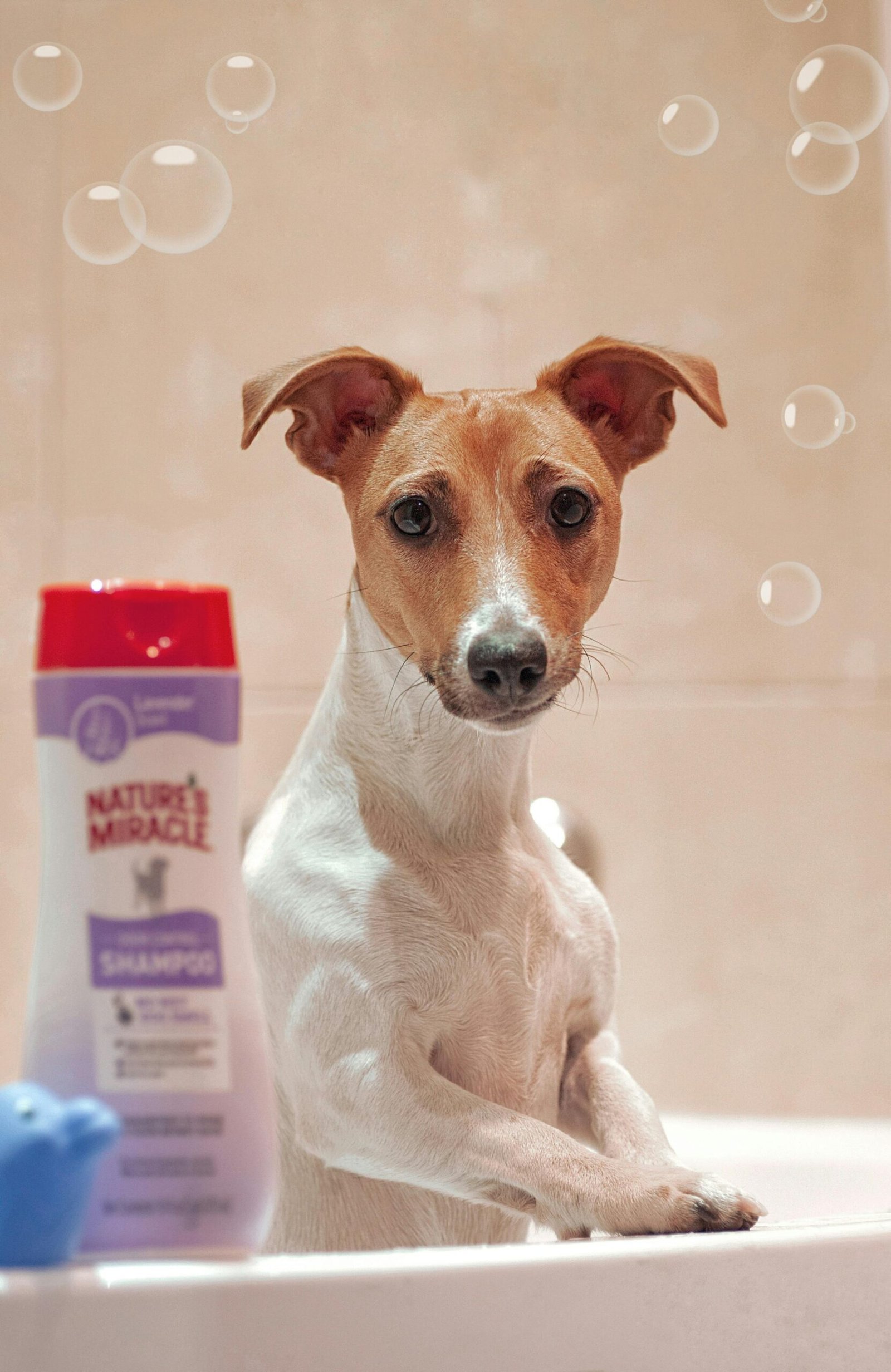
FREQUENTLY ASKED QUESTIONS
Expanded Frequently Asked Questions from Our Readers
If someone really likes dogs that have cool coats, have a look at these Gorgeous dog breeds with the beast coat!
